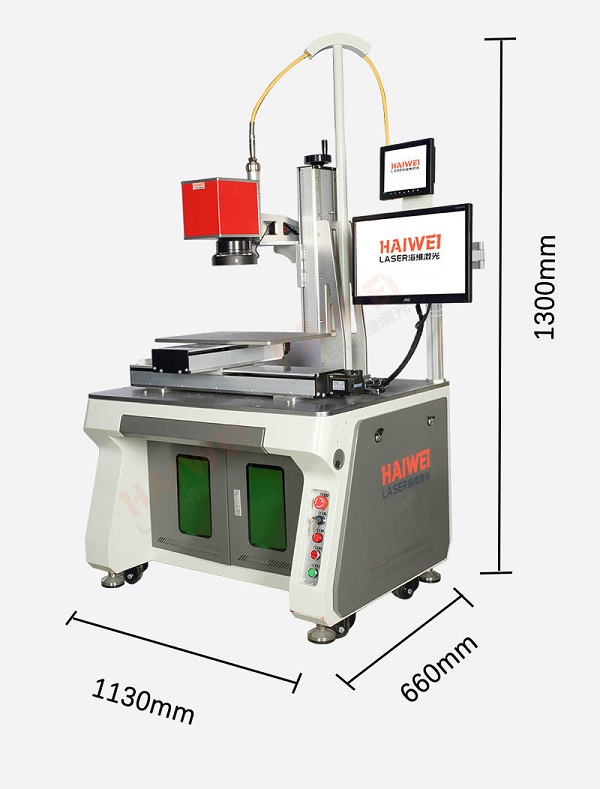Laser Welding Equipment and the Quality of Weld Surface Finish
When evaluating laser welding equipment, one of the most visible and functionally important outcomes is the surface condition of the weld. Unlike traditional arc welding, laser processes offer a distinct advantage in producing clean, consistent, and aesthetically smooth joints—especially when parameters are well controlled.

1. Smooth and Uniform Bead Appearance
Modern laser welding equipment typically produces welds with minimal spatter and a narrow, uniform bead profile. The high energy density allows for precise melting with limited disturbance to the surrounding material. This results in a clean surface that often requires little to no post-processing, which is valuable in industries like automotive, medical devices, and consumer electronics.
2. Low Surface Roughness
With proper parameter selection—such as balanced power, speed, and focus position—laser welds can achieve low surface roughness (Ra values). This is especially true for pulsed laser welding on thin materials, where controlled heat input prevents excessive melting and crater formation. A smoother surface also reduces the risk of stress concentration and improves fatigue resistance.
3. Minimal Discoloration and Oxidation
Using appropriate shielding gas (usually argon or nitrogen), the weld quality can be further enhanced by reducing oxidation and discoloration, particularly on stainless steel or aluminum. Consistent gas coverage ensures a bright, clean finish that meets both functional and cosmetic standards.
4. Influence of Joint Fit-Up and Material Condition
Even the best laser welding equipment cannot compensate for poor part preparation. Gaps, misalignment, or surface contamination (oil, oxide, moisture) can lead to uneven bead profiles, undercut, or surface pitting. Achieving high weld quality starts with good fixturing and clean, well-fitted components.
5. Real-Time Monitoring Supports Consistency
Advanced systems integrate seam tracking and process monitoring to maintain stable keyhole behavior and consistent surface appearance across long welds. These features help detect deviations early and ensure batch-to-batch repeatability.
In summary, the weld quality from laser welding—particularly surface finish—is generally superior to conventional methods when the process is properly set up. For buyers, selecting laser welding equipment with stable beam delivery, precise control, and integrated quality assurance features supports reliable, high-standard results in industrial production.
Recent Posts
- What are the advantages of laser welding machines in lithium battery pack production lines?
- What issues should be noted when choosing a lithium battery pack production line?
- Quality Inspection and Control of Lithium Battery Module Pack Production Line
- Cell grouping and sorting process in lithium battery module pack production line
- What are the safety hazards of lithium battery pack production lines and how can they be prevented?
INQUIRY

